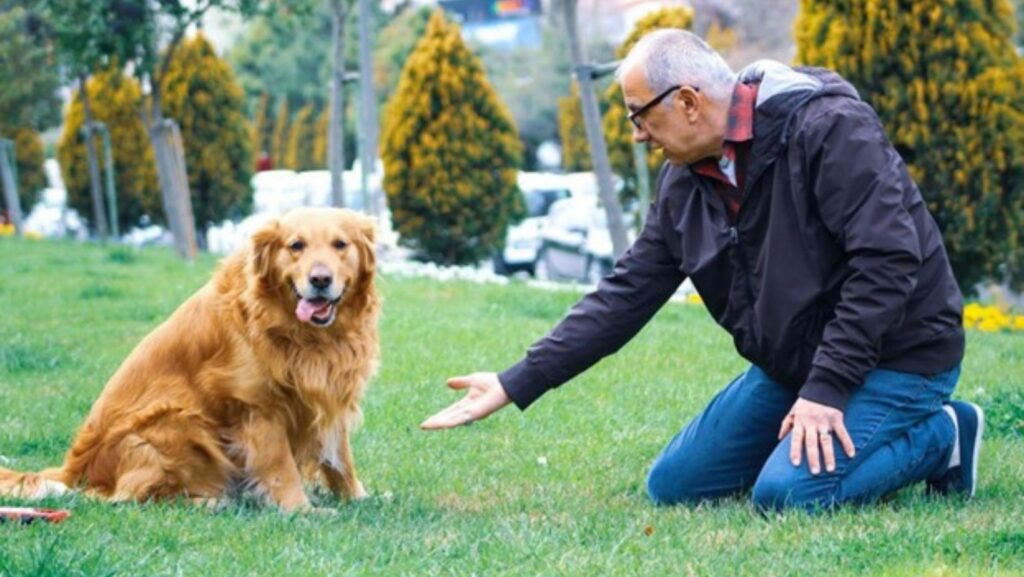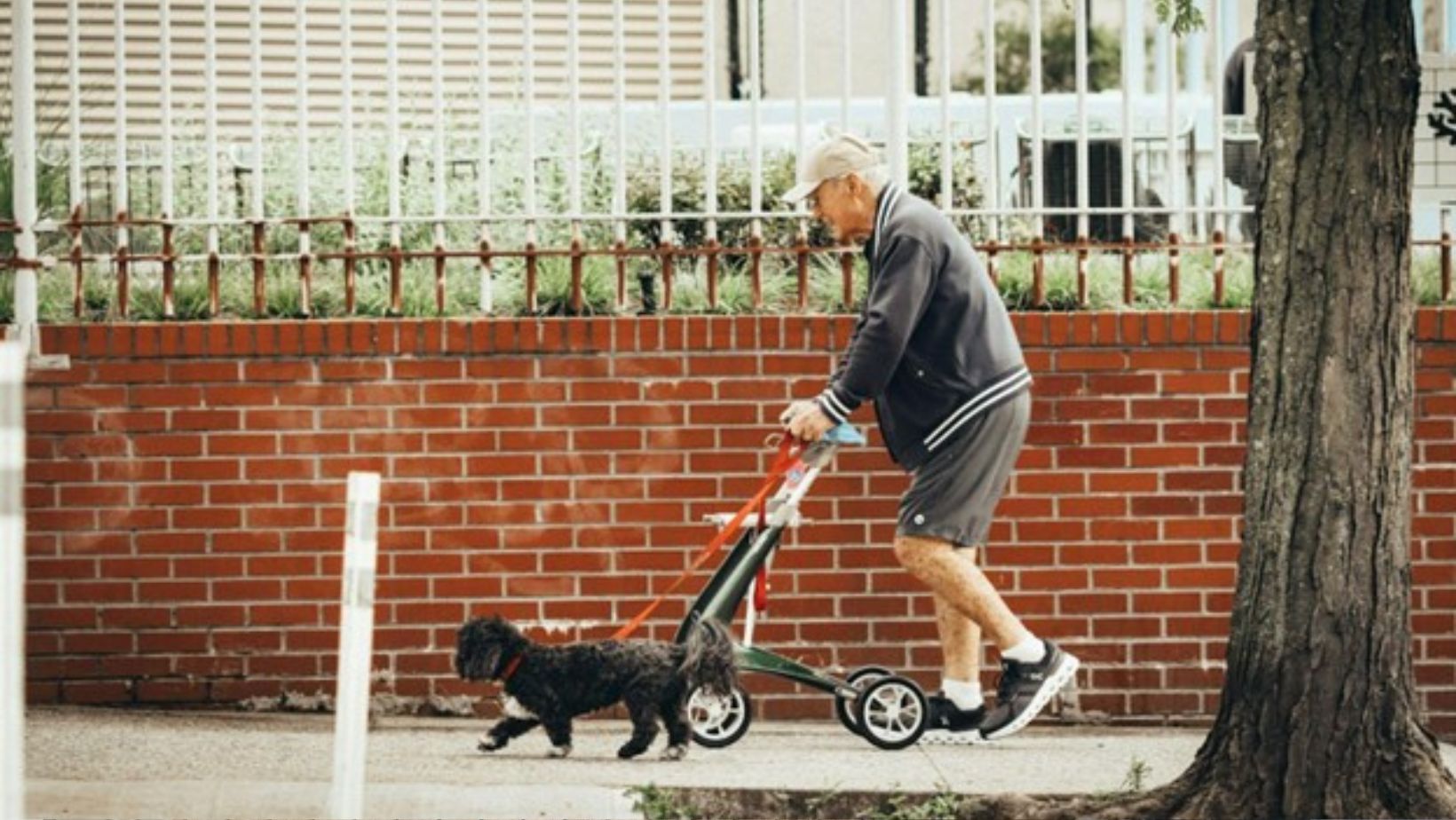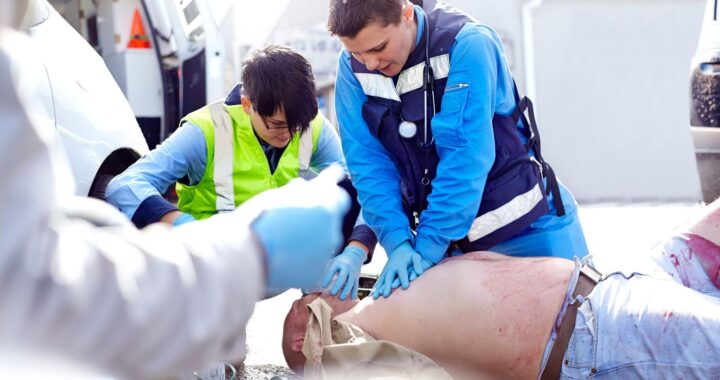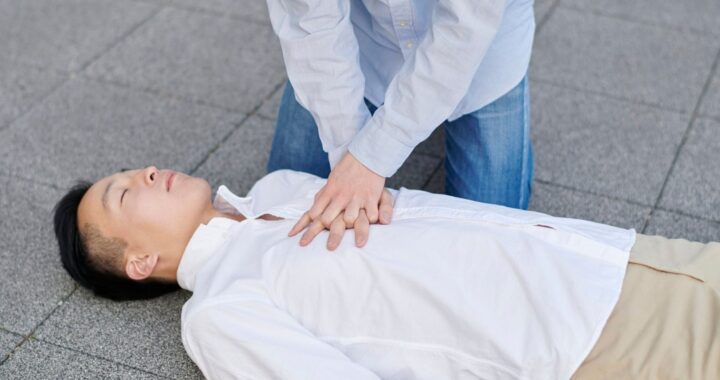
Enhancing Your Home: Adapting the Home Mobility Aids for Elderly Pets and Owners
Ensuring a safe and comfortable living environment for aging pets and their senior owners starts with adapting the home mobility aids for elderly pets and owners. This guide provides practical steps and essential modifications like ramps, non-slip flooring, and accessible food stations, to help both pets and their owners navigate their home safely and comfortably.
Recognizing Mobility Issues in Elderly Pets and Owners
As our pets and their owners age, certain signs begin to emerge that indicate mobility issues. For aging pets, subtle signs such as hesitance in jumping, changes in muscle mass, or favoring specific sleeping surfaces may be the first indicators.
More obvious signs include a stiff gait, difficulty standing, or vocalizing in pain during movements. These symptoms can often be attributed to common health issues like arthritis, joint pain, and decreased flexibility.
Recognizing these signs early and consulting a veterinarian can help address these mobility issues effectively with appropriate resources and treatments.
Senior citizens, like their pets, also face mobility challenges as they age. Increased rest, decreased interest in play, and slower movements are common indicators of decreased mobility.
Just as with pets, these signs necessitate careful monitoring and timely intervention to prevent further deterioration. Identifying a senior pet or owner in need of mobility aids ensures they receive the appropriate care.
Senior pets tend to require special attention to maintain their quality of life, especially when considering older animals.
Regular low-impact exercise is essential for maintaining mobility and strength in senior dogs, while managing their weight gain can also alleviate mobility challenges.
Recognizing these mobility issues early allows for the implementation of effective solutions that can significantly improve the quality of life for both elderly pets and their owners.
Staying vigilant and proactive allows us to adjust our homes and routines, creating a safer and more comfortable environment for our beloved furry friend and canine companion.
Essential Home Modifications for Senior Pets
Making homes more accessible for senior pets and disabled pets is vital to help them navigate safely and comfortably, keeping them active and healthier for longer. Essential home modifications include ramps and stair assistance, non-slip flooring solutions, and accessible food and water stations.
These modifications address common obstacles such as stairs and slippery surfaces, which can lead to falls and injury.
Ramps and Stair Assistance
One of the most effective home modifications for elderly pets is the installation of ramps or shallow stairs. These modifications assist pets in navigating their environment more effectively, reducing the strain on their joints and preventing injuries.
Whether it’s helping them get onto the couch or climb into the car, ramps and steps provide the additional support needed for pets with mobility challenges.
Ensuring access to elevated areas supports pets’ mobility and enhances overall safety and access within the home. Elderly pets and owners often struggle with mobility issues, particularly when accessing elevated areas or climbing stairs.
Ramps and stair assistance provide better traction and easy access, making daily life more manageable for our aging companions.
Non-Slip Flooring Solutions
Non-slip flooring solutions are vital for preventing falls, especially for senior pets prone to slipping on surfaces like tile floors. These solutions include:
- Textured surfaces
- Non-slip mats
- Non-slip rugs All of these provide better traction, helping to prevent falls on slick surfaces. These simple modifications can make a significant difference in the safety and confidence of elderly pets as they move around the home.
Non-slip rugs, in particular, offer essential traction, making it easier for pets to navigate areas like hallways and living rooms without the risk of slipping and injuring themselves. Implementing these flooring solutions helps create a safer environment that supports the mobility and well-being of senior pets.
Accessible Food and Water Stations
Accessible food and water stations are another vital modification for senior pets:
- Food and water dishes should be at a height that doesn’t strain the pet’s neck and back.
- Dishes should be kept close to reduce excessive movement.
- Elevate bowls to reduce strain.
- Provide multiple locations for fresh water to facilitate easy access.
These measures ensure that pets stay hydrated and nourished without unnecessary effort.
Elevating food bowls and water dishes enhances comfort and digestion for older pets. These simple adjustments can significantly improve the quality of life for senior pets, ensuring they receive the nutrition and hydration they need in their senior years.
Mobility Aids for Elderly Pets
Mobility aids are essential for supporting movement, reducing pain, and improving comfort for elderly pets. Common types of mobility aids include harnesses, wheelchairs, and orthopedic beds designed for comfort and mobility. These aids address health conditions such as arthritis and injuries, providing the support needed for pets to move comfortably and safely.
Harnesses and Slings
Harnesses and slings serve as essential mobility aids for senior pets experiencing joint pain and arthritis. Lift harnesses can help distribute weight and provide support to dogs struggling with weak hind legs, minimizing strain on their joints and enhancing their ability to move comfortably. Utilizing these aids can significantly improve the quality of life for elderly pets.
Specifically designed harnesses and slings enable pet owners to lift and support their pets without causing additional pain or discomfort. These tools are particularly beneficial for pets recovering from injuries or surgeries, allowing for safer and more comfortable movement.
Pet Wheelchairs
Pet wheelchairs provide mobility support that enhances the quality of life for pets with severe mobility issues or paralysis. Key points about pet wheelchairs include:
- Various types are designed for different levels of mobility challenges, including full-support and partial-support wheelchairs.
- They enable pets to move around independently.
- They promote physical activity and mental stimulation.
Proper fitting and adjustment of the wheelchair are essential to ensure comfort and prevent further injury to the pet. With the right wheelchair, elderly pets can regain their mobility and continue to enjoy their daily activities, despite their mobility challenges.
Orthopedic Beds
Orthopedic beds are crucial for older dogs experiencing joint pain, as they reduce pressure on joints and provide comfort. These beds, often made with memory foam, offer the soft bedding needed to support the dog’s body and improve sleep quality.
Providing a comfortable and supportive sleeping surface with orthopedic beds can significantly enhance the well-being of senior pets.
Mobility Aids for Senior Citizens
For senior citizens, mobility aids are essential for enhancing their independence and safety in daily activities. These aids include canes, walkers, and stair lifts, which help seniors navigate their homes safely and confidently.
These tools help elderly individuals maintain mobility and perform everyday activities during their golden years with ease.
Canes and Walkers
Using canes and walkers can significantly improve stability for seniors, helping them to perform everyday activities more confidently. Walkers provide a stable frame that assists older adults in moving safely and effectively.
It’s also important to consider overall well-being, which includes regular health checkups such as vision, hearing, and dental care. For seniors experiencing tooth loss or difficulty chewing, solutions like dental implants in Singapore offer a permanent and comfortable option to restore oral functionality and confidence.
Good dental health not only improves comfort but also supports better nutrition, which is critical for maintaining mobility and overall health.
Access to a trusted dentist in Newtown can help ensure that seniors maintain good oral health, which is crucial not just for comfort but also for nutrition and general wellness. Choosing the right mobility aid and staying on top of health essentials can enhance independence and quality of life for senior citizens.
Stair Lifts and Ramps
Stair lifts and ramps are effective solutions that enable seniors to navigate different levels in their homes without unnecessary strain. Stair lifts are installed to assist seniors in navigating stairs safely, reducing the risk of falls.
These devices allow seniors to move between different levels of their homes without physical exertion, enhancing their safety and independence.
Ramps can serve as an additional mobility aid, providing an easy access solution alongside stair lifts. Implementing these modifications allows senior citizens to live comfortably in their homes despite mobility challenges.
Joint Care and Pain Management
Joint care and pain management are critical components of caring for elderly pets and owners. Regular veterinarian visits are essential for monitoring age-related issues like arthritis and mobility, ensuring timely interventions.
Combining different treatment methods, such as mobility aids and health care routines, yields the best results in managing joint pain.
Supplements and Medications
Joint health supplements are essential for supporting mobility and comfort in aging pets. Many joint supplements contain glucosamine and chondroitin sulfate, which are vital for maintaining cartilage health.
Omega-3 fatty acids are also effective in reducing inflammation and can be beneficial for senior dogs experiencing arthritis. These supplements provide additional support for pets with joint pain, improving their overall quality of life.
Administering the right supplements and medications can significantly alleviate joint pain and enhance mobility in elderly pets. Consulting with a veterinarian helps pet owners determine the most effective treatment plan for their furry friends.
Low-Impact Exercises
Engaging in regular low-impact exercises provides mental stimulation and enhances the overall contentment of senior pets. Recommended low-impact exercises include leisurely walks, gentle playtime, and swimming.
These activities help maintain muscle mass and mobility, despite the flexibility and mobility challenges that elderly pets often experience.
Low-impact exercises are essential for maintaining muscle mass and mobility in both senior pets and owners. Incorporating these activities into their daily routine allows elderly individuals and their pets to enjoy physical benefits while reducing the risk of muscle weakness and further injury.
Creating a Comfortable Environment
Creating a comfortable environment for aging pets involves several modifications that can greatly enhance their quality of life.
Providing orthopedic or memory foam beds can enhance sleep and joint support for older pets. These beds offer the soft bedding needed to support the pet’s body and improve their overall well-being.
Maintaining a consistent home temperature helps ensure comfort for aging pets, avoiding extremes of heat or cold. Creating multiple cozy resting spots throughout the home accommodates a senior pet’s frequent need for naps, which can also help regulate their body temperature.
Setting up quiet areas away from household noise allows pets a peaceful retreat in their living space. These environmental adjustments ensure that elderly pets can live comfortably and safely in their homes, enjoying their senior years with dignity and care.
Mental Health and Routine Adjustments
Maintaining the mental health of elderly pets in old age is critical as it impacts their overall well-being. Older cats may experience feelings of loneliness, which can be alleviated through companionship and interaction, especially as pet ages can influence their emotional needs.
Anxiety due to changes in their environment or routine can also affect their mental health.
Consistent Routines
A predictable daily schedule can significantly enhance an elderly pet’s sense of security and reduce anxiety. Maintaining a steady routine helps mitigate anxiety and reduces stress levels in senior pets.
Establishing consistent feeding times, exercise schedules, and rest periods can make a world of difference for an aging pet’s mental health.
Consistent routines help pets feel more secure and less anxious, as they know what to expect throughout the day. This predictability can be particularly beneficial for pets experiencing cognitive decline or other health issues, providing them with a sense of stability in their daily lives.
Engagement and Play
Playtime keeps elderly pets physically and mentally stimulated, which is crucial for their overall well-being. Interactive toys and gentle exercise can provide the mental stimulation needed for pets with cognitive issues. Swimming is an excellent low-impact exercise for older dogs, as it reduces strain on their joints while providing a good workout.
Short, controlled walks help maintain muscle mass and joint flexibility in senior dogs, promoting overall mobility. By engaging in regular play and exercise, elderly pets can enjoy the physical and mental benefits that come with staying active, enhancing their quality of life with an old dog and dog.
Financial Planning for Elderly Pet and Owner Care
Caring for elderly pets often involves higher expected costs and additional expenses, especially as their health declines. Key financial considerations include:
- The first year of pet ownership can lead to costs upwards of $2,000 for dogs and around $1,174 for cats.
- Budgeting for mobility aids is crucial.
- Healthcare expenses constitute a significant part of the care costs for elderly pets.
This highlights the need for careful financial planning.
Various organizations offer financial assistance programs specifically to help low-income seniors cover the costs associated with pet ownership.
Additionally, individuals looking to manage long-term care for their pets might explore professional services or consider partnerships with veterinary clinic brokers who specialize in connecting pet owners with high-quality and affordable veterinary care options.
These brokers can help locate clinics that not only provide compassionate elder pet care but also offer flexible payment plans or community-supported services. If you are strapped for funds for elderly pet care, consider seeking financial resources through assistance programs or community help.
Summary
In conclusion, enhancing the home environment for elderly pets and their owners involves recognizing and addressing mobility issues, implementing essential home modifications, and utilizing appropriate mobility aids. By making thoughtful adjustments to our homes and routines, we can significantly improve the quality of life for our aging companions.
Caring for elderly pets and owners requires a comprehensive approach that includes joint care, pain management, mental health support, and financial planning. By taking these steps, we can ensure that our beloved pets and their owners continue to enjoy their golden years with comfort, dignity, and happiness.






